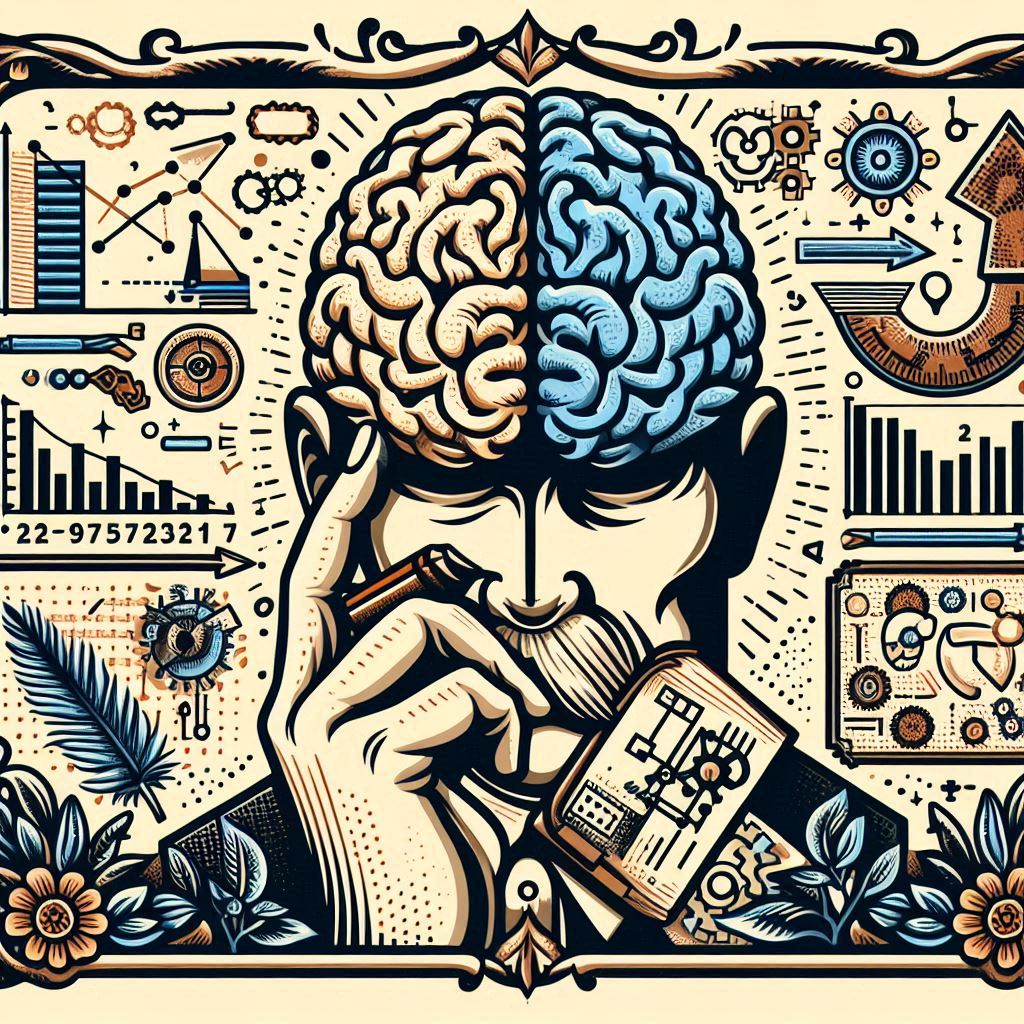In the world of data analytics, the ability to interpret data accurately is as important as the ability to collect and analyze it. Critical thinking is essential for avoiding biases that can lead to incorrect conclusions and misguided decisions. This blog post aims to provide analytics professionals and those aspiring to become analysts with expert-level guidance on avoiding biases in data interpretation, enriched with practical insights, real-world examples, and actionable advice.
Understanding Bias in Data Interpretation
Bias in data interpretation refers to the systematic error that skews data analysis results, leading to inaccurate conclusions. Biases can stem from various sources, including the data collection process, the analytical method chosen, and the personal prejudices of the analyst.
Common Types of Biases in Data Interpretation
- Confirmation Bias: The tendency to search for, interpret, and remember information in a way that confirms one’s preconceptions.
- Selection Bias: The distortion of statistical analysis results due to the method of collecting samples.
- Survivorship Bias: Concentrating on the surviving elements of a process and overlooking those that did not make it past a certain point.
- Overfitting Bias: When a statistical model describes random error or noise instead of the underlying relationship.
- Anchoring Bias: The reliance on the first piece of information encountered (the “anchor”) when making decisions.
The Role of Critical Thinking in Avoiding Biases
Critical thinking involves the objective analysis and evaluation of an issue in order to form a judgment. It requires analysts to question assumptions, evaluate evidence, and consider alternative interpretations. Here’s how critical thinking can help avoid biases:
- Questioning Assumptions: By challenging the initial assumptions, analysts can uncover hidden biases that may skew their interpretations.
- Evaluating Evidence: Critical thinking involves assessing the quality and relevance of data, ensuring that conclusions are based on robust evidence.
- Considering Alternatives: Exploring multiple interpretations of the data helps to avoid the trap of confirmation bias.
Practical Insights and Real-World Examples
Example 1: Financial Analysis and Confirmation Bias
In financial analysis, confirmation bias can lead to investment decisions based on selective data interpretation. For instance, an analyst might focus on positive earnings reports while ignoring negative market trends, leading to over-optimistic investment strategies. Critical thinking helps by ensuring that all relevant data, both positive and negative, is considered before making investment decisions.
Example 2: Healthcare Research and Selection Bias
In healthcare research, selection bias can occur if the sample population is not representative of the general population. For example, a study on a new drug’s efficacy might show positive results if only healthy volunteers are included, but these results might not be applicable to patients with multiple health issues. Critical thinking ensures that sample selection processes are scrutinized and potential biases are addressed.
Example 3: Marketing Analytics and Survivorship Bias
In marketing analytics, survivorship bias can lead to overestimating the success of a campaign by only analyzing the most successful instances. For example, a company might attribute its success to a specific marketing strategy without considering the failed campaigns that used the same strategy. Critical thinking involves looking at the complete picture, including failures, to derive more accurate conclusions.
Actionable Advice for Data Analysts
1. Develop a Bias Checklist
Creating a checklist of potential biases can help analysts systematically evaluate their analysis for biases. This checklist might include questions like:
- Have I considered all relevant data sources?
- Am I only looking for information that confirms my hypothesis?
- Have I accounted for any selection biases in my sample?
2. Use Blind Analysis Techniques
Blind analysis involves concealing some data elements during the initial analysis phase to prevent biases. For instance, analysts might hide specific labels or outcomes to ensure they are not influenced by them.
3. Collaborate with Others
Collaborating with colleagues can provide diverse perspectives and help identify biases that an individual analyst might overlook. Peer reviews and collaborative discussions can highlight alternative interpretations and challenge assumptions.
4. Continuous Education and Training
Regular training on critical thinking and bias recognition can keep analysts aware of the latest techniques and best practices in data interpretation. Workshops, webinars, and courses on critical thinking and statistical methods are valuable resources.
Absence of Critical Thinking in Data Interpretation
To appreciate the importance of critical thinking, let’s explore a hypothetical scenario: what if critical thinking were absent in data interpretation?
Increase in Decision-Making Errors
Without critical thinking, analysts would be more prone to biases, leading to incorrect data interpretations. This increase in errors would result in misguided decisions, affecting everything from financial investments to public health policies.
Diminished Credibility
Organizations that consistently make decisions based on biased data would lose credibility. Stakeholders, including investors, customers, and regulatory bodies, would lose trust in the organization’s ability to make sound decisions based on accurate data interpretation.
Inefficiency and Increased Costs
Incorrect data interpretations lead to inefficiencies and increased costs. For example, in manufacturing, a misinterpretation of quality control data could lead to the production of defective products, resulting in increased waste and higher costs for rework and scrap.
Conclusion
Critical thinking is essential for accurate data interpretation and avoiding biases. By questioning assumptions, evaluating evidence, and considering alternative interpretations, analysts can make more informed decisions and derive more accurate insights from data. Whether in finance, healthcare, marketing, or any other field, the ability to think critically and avoid biases is a key skill for analytics professionals.


Leave a Reply